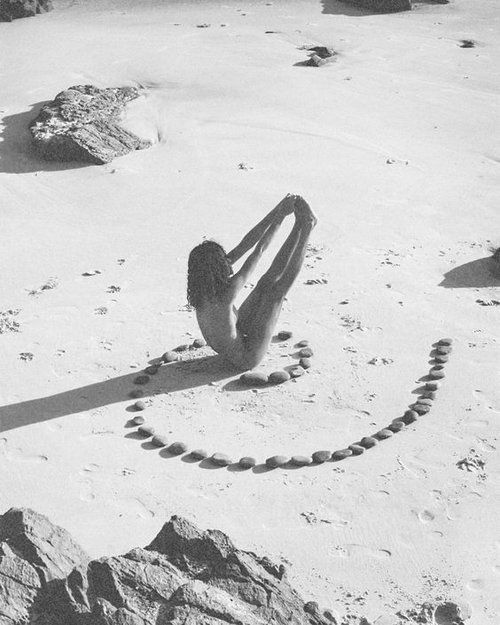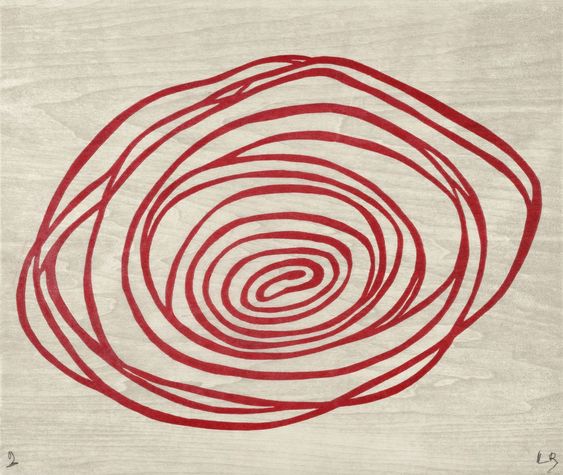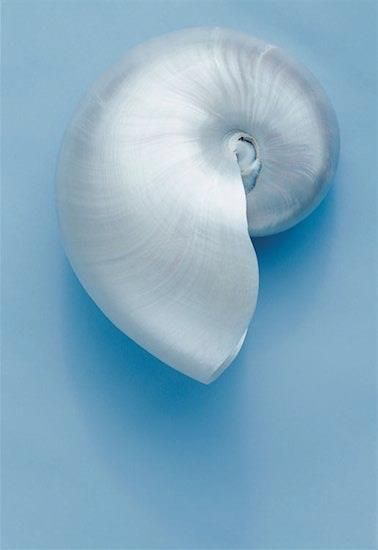Spirals, with their graceful arcs and profound symbolism, have fascinated humanity across millennia. These ancient motifs, found in art, architecture, and nature, offer a window into both the mathematical precision of the universe and the spiritual depths of human consciousness.
From the earliest cave paintings to the grand structures of antiquity, spirals have left an indelible mark on human history. In ancient cultures, spirals adorned artefacts and architecture, symbolising eternal cycles, growth, and the interconnectedness of life. Spirals reveal intricate patterns and ratios that echo throughout nature.
Symbolically, the spiral embodies themes of journey and transformation. Its continuous, evolving shape suggests movement inward or outward, mirroring the cycles of nature and personal growth. Across cultures, spirals represent spiritual evolution and the interconnectedness of all beings. They serve as reminders of life’s perpetual motion and the cyclical nature of existence, urging us to embrace change and renewal.


Left: Credit unknown
Right: Féminité by Alexander Calder. c. 1930


Left: Richard Long at the Whitechapel Gallery 1971.
Right: Spiral bead, Iran. late 3rd–early 2nd millennium BCE via the Met Museum.


Left: Credit unknown
Right: Tin Ribbon, Carl Andre, 1969


Left: Louise Bourgeois. Untitled, no. 2 of 12, from the series, Spirals. 2005. © The Easton Foundation/VAGA at ARS, NY.
Right: Credit unknown


Fig. 28. Propagation of a sonorous wave through an unlimited medium. Elementary lessons on sound. 1879.
Left: Karl Blossfeldt (German, 1865-1932), Cucurbita – Pumpkin tendrils, before 1928.
Karl Blossfeldt Collection at the University of the Arts Berlin
Right: Credit unknown





